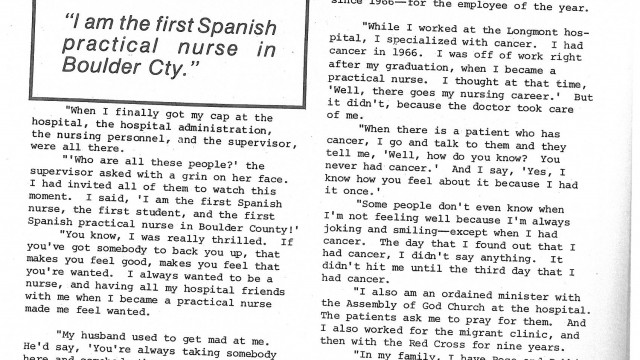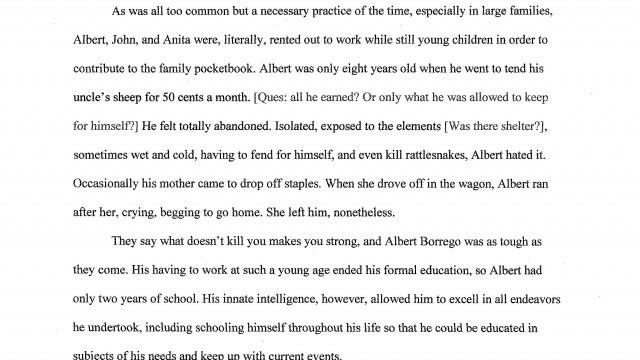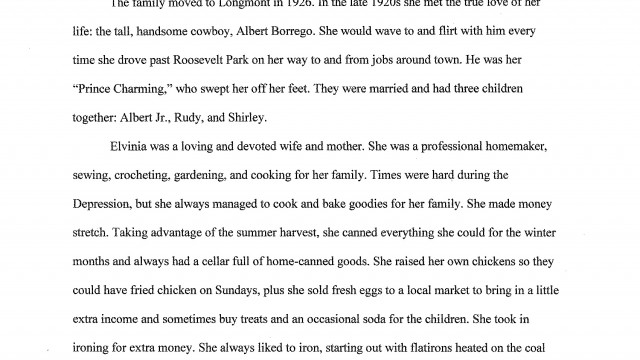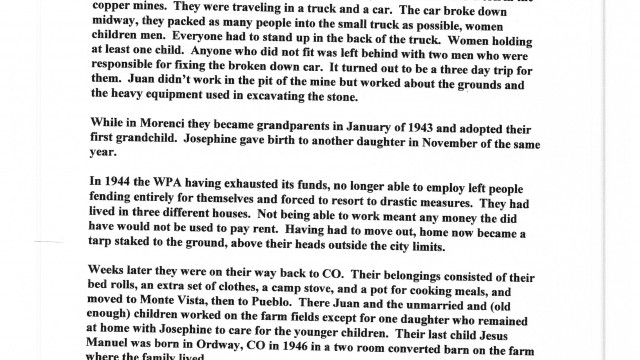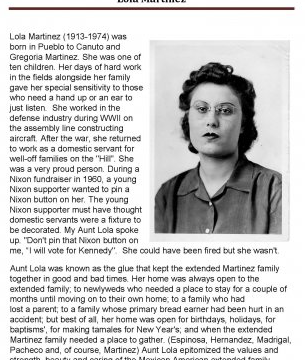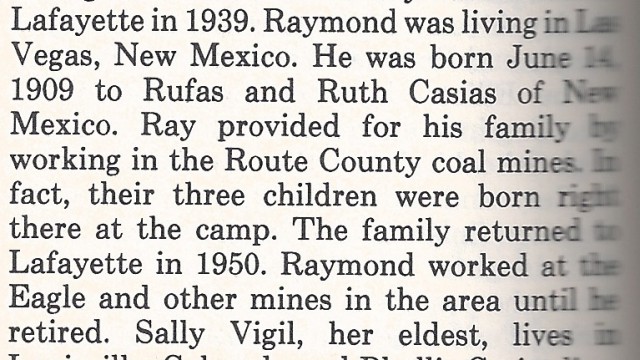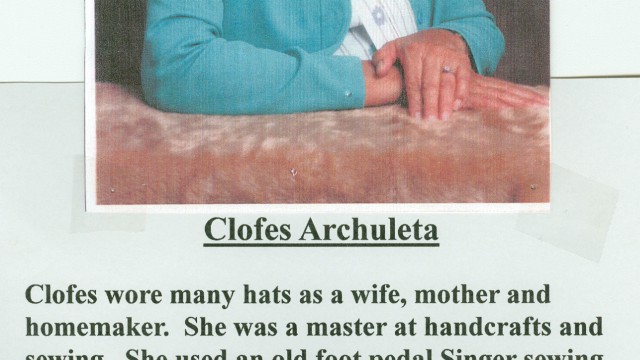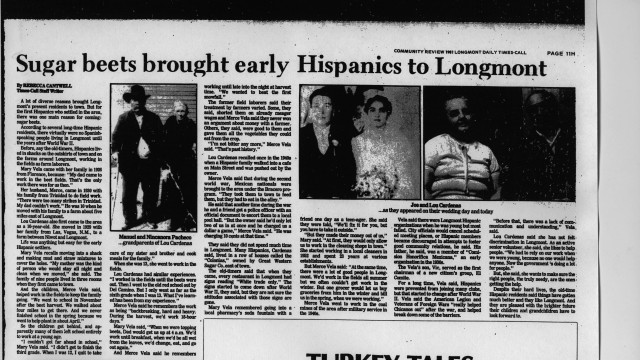Historian Comments
Latina women, like most other women of the first half of the 20th century who did not have servants, did a great deal of unpaid and physically demanding work at home. In the absence of labor-saving machinery, the female head of the family (often helped by her daughters) cooked the food (some of which she had commonly grown herself); made, washed, and ironed clothes; kept the house clean; and carried in water for cooking and washing people and clothing. Most heating and cooking was done over wood stoves, and many houses lacked electricity. In addition, beet workers’ wives usually worked in the fields alongside their husbands, at least during peak seasons. Some women brought in extra income for their families through selling eggs or vegetables from their gardens or taking in laundry for other people. Children worked too, at much younger ages than is normal now. In farm families, they joined their parents in the fields from the time they were toddlers, and some boys started working in coal mines in their early teens. The child labor laws of 1934 confined children’s work to time outside school, which improved conditions for youngsters.

